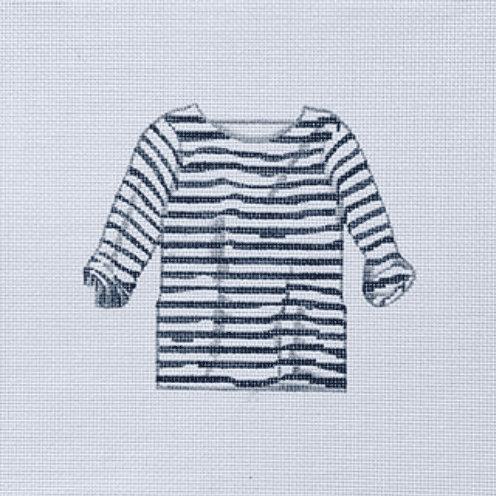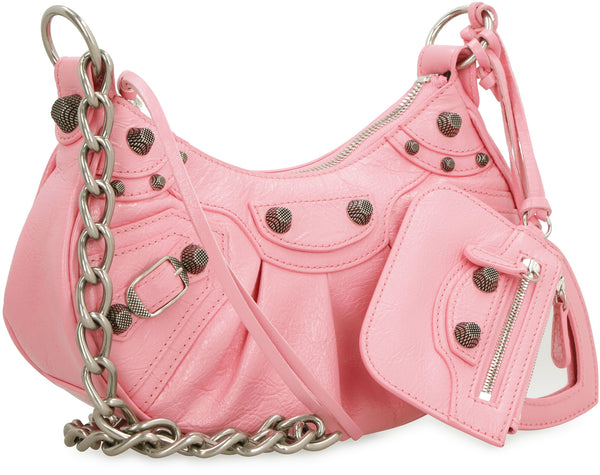You may have heard about the newest laser eye surgery procedure called the ReLEx (refractive lenticule extraction) SMILE (small incision lenticule extraction) that has been used since 2011. Lasik SMILE eye surgery is the gold standard in vision correction since it is the least invasive of all procedures. A tiny keyhole incision in the cornea is all that is needed to complete this minimally invasive, flapless procedure.
Table of Contents
How Does SMILE work?
It is minimally invasive because SMILE uses a state-of-the-art laser, the Carl Zeiss VisuMax, to complete the procedure. SMILE is only possible with the VisuMax femtosecond laser that is in the North American Lasik & Eye Surgery Centre in Dubai. Furthermore, it does not increase pressure in the eye during the procedure; the patient feels nothing. By placing pulses within the cornea, the laser creates bubbles no wider than 1/1000th the width of a hair and outlines the tissue to be removed, forming connections that can remove it.
The Disadvantages of ReLEx SMILE
Prescriptions with limitations:
Shortsightedness and astigmatism are the only conditions SMILE is used to treat, even though it can treat very high prescriptions.
Accessibility:
There are only a few clinics in the middle east that offer SMILE. One of the most prestigious clinics is the North American Lasik & Eye Surgery Centre in Dubai, UAE. If you are looking to do lasik in Dubai then this is the place. They have done over 8000 successful eye surgeries and have the latest equipment that includes the VisuMax 800 which is used in the SMILE eye surgery.
Although SMILE is still relatively new compared to LASIK, it has impressive results. Refractive surgeons have another tool to help them best serve their patient’s thanks to SMILE, which allows them to offer procedures that are best suited to their patients. This procedure has been performed over 1.5 million times, making it an attractive option for many patients.
LASIK: Laser Eye Surgery’s Staple
Laser Eye Surgery consists of two basic types of treatments. PRK, LASIK, and Epi-LASIK are surface treatments, while LASIK requires creating a flap on the cornea’s surface. There is a significant difference in the healing time between the two groups. LASIK offers rapid healing, with the same results three months after the procedure, but how you travel and what you do in between makes a big difference.”
In addition to being the most popular Laser Eye Surgery procedure, LASIK is also one of the most popular elective procedures worldwide.
PRK/LASEK differs from LASIK in that a hinged flap, rather than removing the surface layer of the eye, is created to allow the laser treatment to be performed. After returning to its original position, the flap will only need to be healed at the edges. Due to this, LASIK patients are generally ready to return to work within 24 hours after surgery, as opposed to PRK/LASEK.
The Pros of LASIK Laser Eye Surgery
Recovery Time:
After the surgeon cuts a small flap into the cornea’s outer layer, only the edges need to heal, reducing the time it takes to recover.
LASIK can Treat Wavefront:
Around five percent of our vision is caused by wavefront error, which includes finer quality aspects beyond common refractive errors like long-sightedness, short-sightedness, and astigmatism.
PRK and LASEK: Laser Eye Surgery’s Grandparents
All refractive errors can be treated with PRK. Astigmatism, myopia, and hyperopia can all be treated. There is, however, less predictability for hyperopia compared to shortsightedness, myopia, and astigmatism.
The original laser vision procedure, PRK (Photo-Refractive Keratectomy), has successfully treated hundreds of thousands of patients since the 1980s.
A PRK procedure uses the excimer laser rather than scalpels, which are used for conventional refractive surgery procedures such as Radial Keratotomy (RK), which is rarely performed today. In addition to reducing postoperative haze, speeding up visual recovery, and reducing pain, LASEK was introduced as an alternative form of surface ablation. Despite this, scientific studies have not found any differences between PRK and LASEK.
PRK and LASEK should only be used if LASIK or SMILE cannot be performed. Although PRK and LASEK are effective in correcting myopia, hyperopia, presbyopia, and astigmatism, LASIK and SMILE are more effective in treating all of these prescriptions.
What To Consider When Choosing An Eye Surgery Clinic.
If you are considering SMILE eye surgery then there are several factors you need to consider when choosing the right clinic.
- Check out the reviews from other patients and better yet. Try to connect with them on social media so you can hear their experience first-hand.
- Check out the credentials of the eye surgeon who will be operating on your eye. It is a good idea if he attends yearly seminars on new techniques and also upgrades his equipment. This way you know he is using the latest technology and he has a passion for constantly learning and becoming the best eye surgeon.
- Check out photos of the clinic and the type of equipment being used so you are familiar with the technology and what the equipment can do. Knowledge is power and the more you understand, the better you are to choose the best clinic.
- Prepare a list of questions to ask the doctor so you feel comfortable with the procedure and find out how he will deal with complications if they arise.












